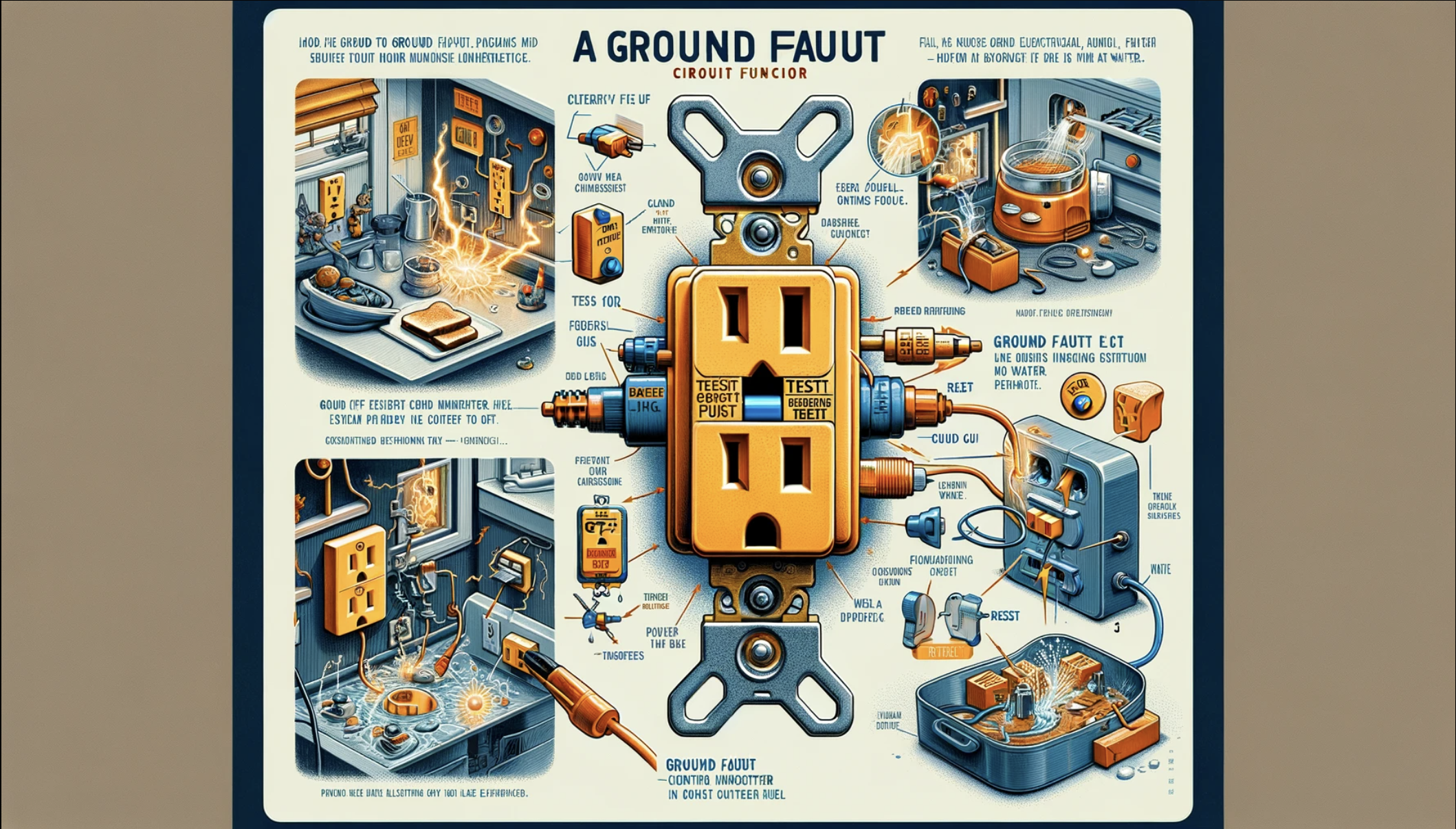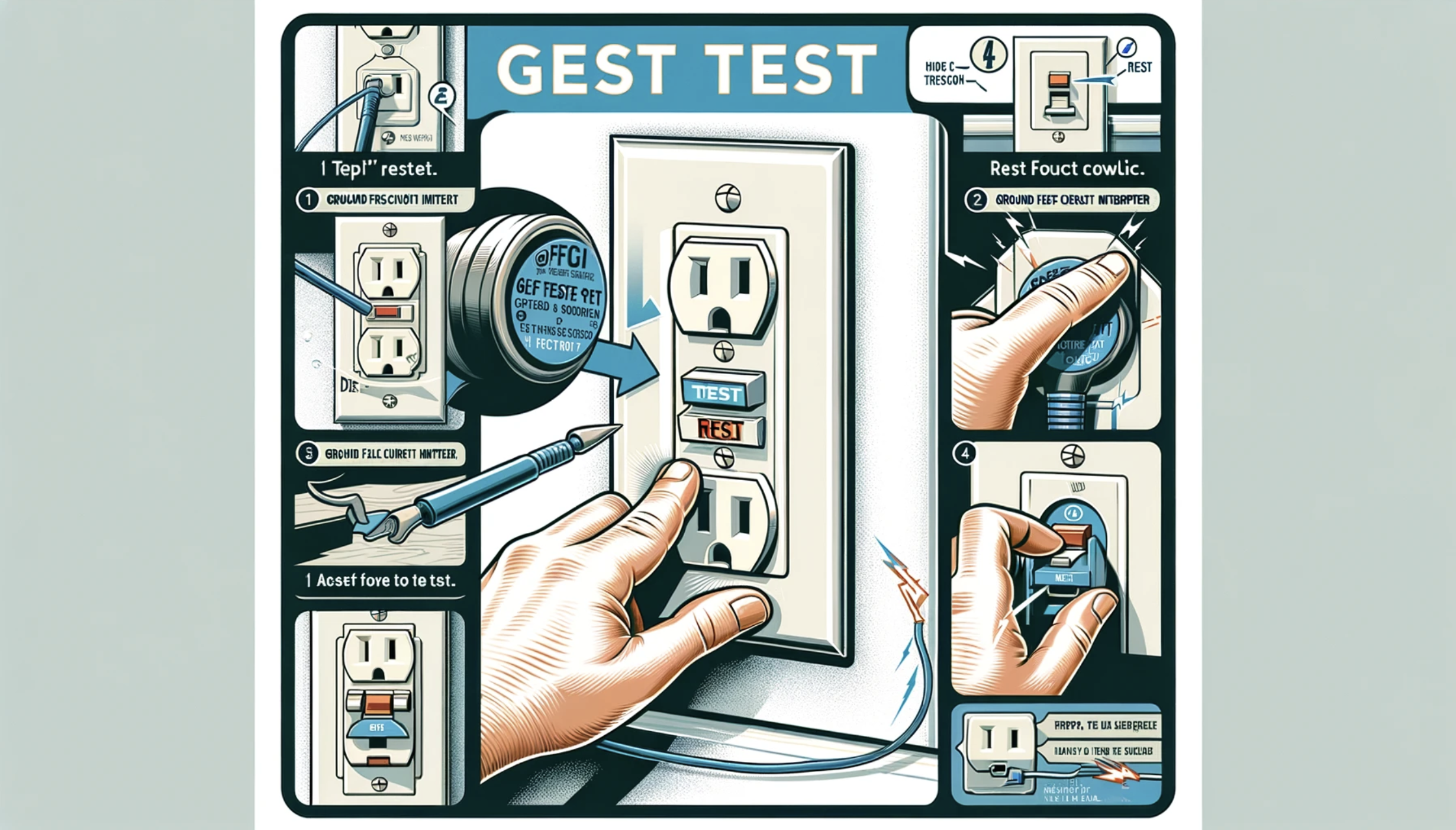Understanding GFCI Outlets: Essential Safety Features
When it comes to electrical safety, it’s important to understand the role of GFCI outlets. These outlets are designed to protect you and your family from electrical shocks and fires. In this article, we’ll explore what GFCI outlets are, their purpose, and why they are an essential safety feature in any home.
What is a GFCI Outlet?
A GFCI (Ground Fault Circuit Interrupter) outlet is a type of electrical outlet that is designed to protect against electrical shocks. It works by constantly monitoring the flow of electricity through the circuit. If it detects any imbalance in the flow, it will immediately shut off the power to the outlet, preventing any potential harm.
How Does a GFCI Outlet Work?
A GFCI outlet has a built-in sensor that measures the amount of electricity flowing into and out of the outlet. If there is an imbalance in the flow, it means that some of the electricity is leaking out of the circuit, which could potentially cause an electrical shock. In this case, the GFCI outlet will trip and cut off the power to the outlet, preventing any harm.
What is the Purpose of a GFCI Outlet?
The main purpose of a GFCI outlet is to protect people from electrical shocks. This is especially important in areas where water is present, such as bathrooms, kitchens, and outdoor areas. Water is a good conductor of electricity, and if an electrical appliance comes into contact with water, it can cause a dangerous electrical shock. A GFCI outlet can prevent this from happening by shutting off the power to the outlet.
How is a GFCI Outlet Different from a Regular Outlet?
A regular outlet, also known as a standard outlet, does not have the same safety features as a GFCI outlet. It does not have a built-in sensor to detect imbalances in the electrical flow, which means it cannot protect against electrical shocks. A regular outlet is simply a point where electricity can enter a circuit, whereas a GFCI outlet is constantly monitoring the flow of electricity and can shut off the power if necessary.
How to Identify a GFCI Outlet
GFCI outlets are easy to identify as they have two buttons in the center - a "test" button and a "reset" button. The test button is used to check if the outlet is working properly, while the reset button is used to restore power to the outlet after it has been tripped. Additionally, GFCI outlets are required to have a "GFCI protected" label on the outlet cover.
Why Are GFCI Outlets Essential Safety Features?
GFCI outlets are essential safety features for several reasons:
Protection Against Electrical Shocks
As mentioned earlier, the main purpose of a GFCI outlet is to protect against electrical shocks. This is especially important in areas where water is present, as water can increase the risk of electrical shocks.
Compliance with Electrical Codes
GFCI outlets are required by electrical codes in certain areas of the home, such as bathrooms, kitchens, and outdoor areas. This means that if you are renovating or building a new home, you will need to install GFCI outlets in these areas to comply with the codes.
Preventing Electrical Fires
In addition to protecting against electrical shocks, GFCI outlets can also prevent electrical fires. If an electrical appliance malfunctions and causes a short circuit, a GFCI outlet can shut off the power before the situation escalates into a fire.
Protecting Children and Pets
Children and pets are curious by nature and may stick their fingers or paws into outlets. GFCI outlets can prevent serious injuries or even death in these situations by shutting off the power to the outlet.
How to Test a GFCI Outlet
It’s important to regularly test your GFCI outlets to ensure they are working properly. Here’s how to test a GFCI outlet:
Press the "test" button on the outlet. This should cause the "reset" button to pop out, indicating that the power has been shut off to the outlet.
Plug in a small appliance, such as a lamp, into the outlet and turn it on. The appliance should not turn on, indicating that the power has been shut off.
Press the "reset" button to restore power to the outlet. The appliance should now turn on, indicating that the outlet is working properly.
If the outlet does not trip when the "test" button is pressed, it may be faulty and should be replaced.
GFCI Outlet vs GFCI Breaker
In addition to GFCI outlets, there are also GFCI breakers. Both serve the same purpose of protecting against electrical shocks, but they work in different ways. A GFCI outlet is installed directly into the outlet, while a GFCI breaker is installed in the electrical panel and protects all outlets on that circuit. GFCI breakers are typically used in areas where there are no GFCI outlets, such as garages and basements.
Conclusion
GFCI outlets are an essential safety feature in any home. They protect against electrical shocks, comply with electrical codes, prevent fires, and protect children and pets. It’s important to regularly test your GFCI outlets to ensure they are working properly. If you have any doubts about the safety of your electrical outlets, it’s best to consult a licensed electrician for an inspection.



